A team of Chinese scientists has successfully built a six-legged space mining robot inspired by insects, opening up new prospects for future exploration and resource exploitation on the Moon and asteroids.
Drilling on the Moon or asteroids is not as simple as it is on Earth. With gravity only one-sixth that of Earth, deploying traditional mining equipment is very difficult.
To solve this problem, a research team from the China University of Mining and Technology (CUMT) applied the principles of insect locomotion, woodpecker adhesion mechanisms, and origami techniques to design an advanced biorobot for space exploration.
“The robot has a row-shaped hook structure that enhances its grip and grip in microgravity conditions,” said Liu Xinhua, head of the research team at CUMT.
The robot has a total of 6 legs, of which 3 are wheels and 3 are claws. The wheels help the robot move on smooth terrain, while the anchor structures help the robot overcome rough areas or loose rock structures.
Another breakthrough of this robot is the wheel system made of titanium-nickel alloy with shape memory ability. Thanks to that, the wheel can quickly return to its original shape after being impacted by external forces, helping the robot adapt well to extreme temperature changes and strong radiation in space.
To test the robot's ability to operate in low-gravity environments, the team built a special test site that simulates the sandy soil of near-Earth asteroids.
They also deployed a suspension system to simulate microgravity, helping to evaluate the robot's performance in harsh conditions.
The team has now filed a patent application for the robot prototype, marking a major step forward in China's space exploration technology.
According to plan, in 2026, China will launch the Chang'e-7 probe to survey the Moon's south pole.
By 2028, the Chang'e-8 spacecraft will continue to conduct experiments on mining resources on the Moon. These two missions will lay the foundation for the construction of an international research station on the Moon by 2035./.
Source: https://www.vietnamplus.vn/trung-quoc-phat-trien-robot-biology-khai-thac-tai-nguyen-khong-gian-post1021228.vnp


![[Photo] General Secretary To Lam works with the Central Inspection Commission](https://vphoto.vietnam.vn/thumb/1200x675/vietnam/resource/IMAGE/2025/5/22/54820e91fd124c4cb691961718c4ee5d)
![[Photo] Determining the pairs in the team semi-finals of the National Table Tennis Championship of Nhan Dan Newspaper](https://vphoto.vietnam.vn/thumb/1200x675/vietnam/resource/IMAGE/2025/5/21/eacbf7ae6a59497e9ae5da8e63d227bf)



![[Photo] Prime Minister Pham Minh Chinh attends the groundbreaking ceremony of Trump International Hung Yen Project](https://vphoto.vietnam.vn/thumb/1200x675/vietnam/resource/IMAGE/2025/5/21/ca84b87a74da4cddb2992a86966284cf)


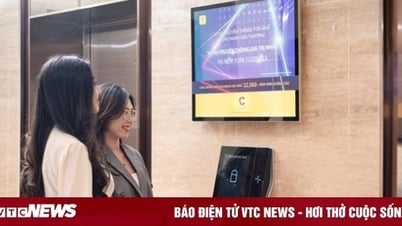



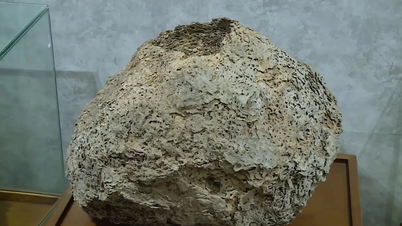










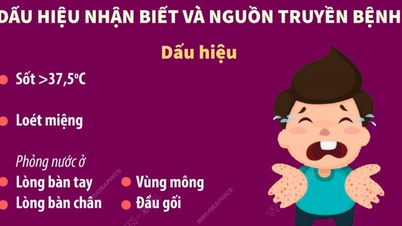
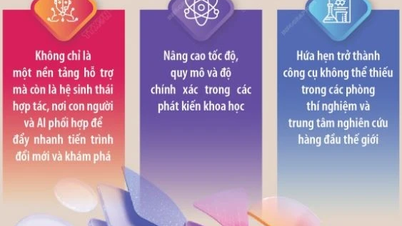







































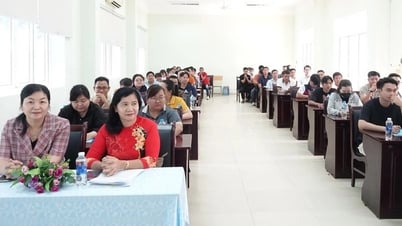





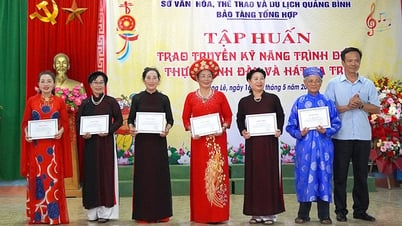












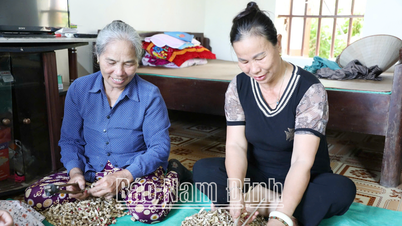









Comment (0)